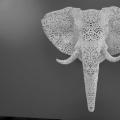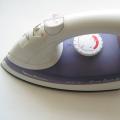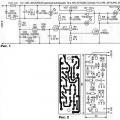Thanks to technological advances in the field of electrical and electronic, the modern range of lighting products is very wide. For a consumer who has not yet touched on this topic, it is extremely difficult to understand among a huge selection of different solutions. With the aim of the two pillars are fluorescent and LED energy saving lamps. This article is intended to compare their characteristics and provide an adequate understanding of the advantages and disadvantages, which will help the buyer navigate what is better to choose. Next, we will provide a comparison of LED bulbs and energy saving bulbs.
Electricity consumption
Electricity consumption for fluorescent lamps is about 20 percent of standard and familiar incandescent lamps. LEDs are even more economical - the relative power consumption of Ilyich's bulbs is about 10 percent. Thus, the power consumption of a light source based on semiconductors and LEDs will always be 2 times less at the same brightness.
Light flow
The color of the spectrum for a gas-discharge energy-saving light bulb is somewhat less qualitative than its LED counterpart. Fluorescent lamps do not quite correctly transmit the light spectrum with respect to some shades. In comparison with the gas-discharge one, the LED version is more stable in this regard.
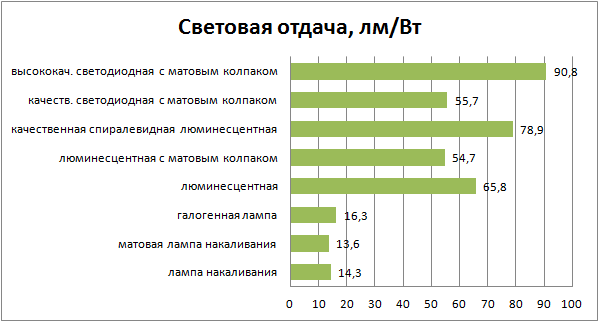
The table below summarizes the characteristics of the lighting sources under consideration:
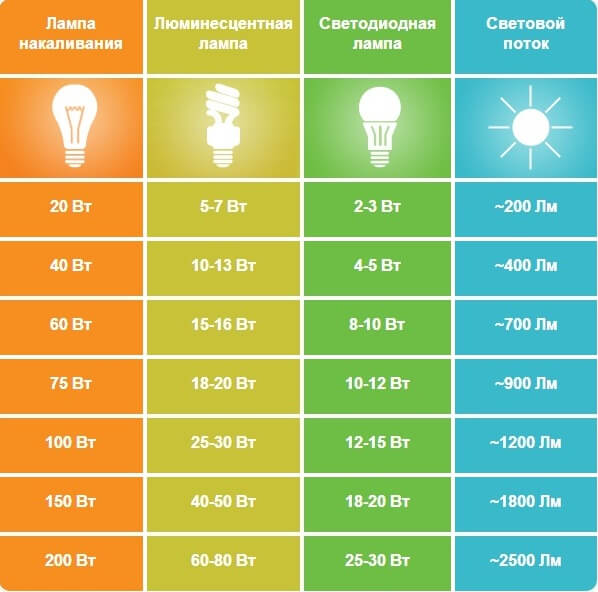
Working temperature
A gas-discharge fluorescent lamp during long-term operation has a temperature indicator of about 50-60 degrees Celsius. It is not able to burn the skin and, moreover, cause a fire, but it is still a fairly solid indicator. But it should be borne in mind that in the event of a malfunction of the electronics, the temperature indicator can increase by 3-4 times. This risk is unlikely, but exists. LED lamps are completely safe in terms of high temperatures due to their semiconductor technology based on LED crystals. In any case, a comparison of both those and other light sources shows that it is permissible to use them with any type of cartridges for chandeliers, sconces and other lamps, since they do not exceed the maximum permissible heating for correct operation.
Environmental factor and harm to health
Fluorescent lamps, which are located on store shelves, contain about 5 milligrams of mercury in the flask. Mercury is a metal, due to its harmful properties that harm the human body, it is assigned to the first (highest) hazard class. along with the rest of the garbage is prohibited, therefore a conscientious user must take the failed lamps to specially designated collection points.
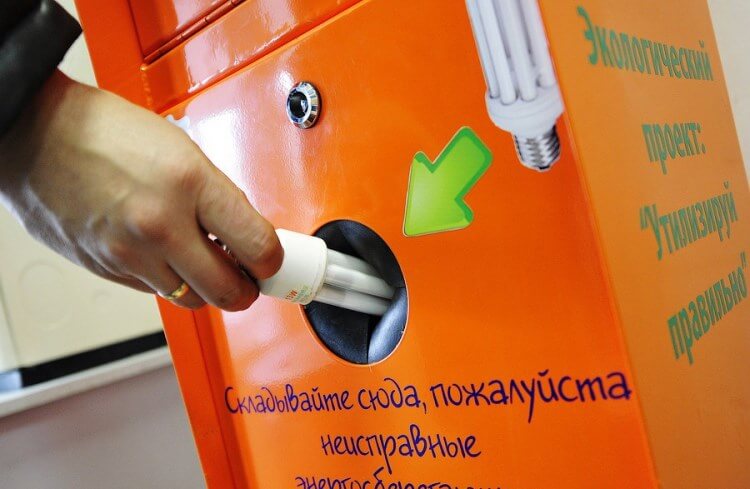
It should also be noted that UV and infrared radiation emitted by a fluorescent lamp can cause some diseases. The disadvantages listed above do not apply to LEDs, their use is completely safe.
Flicker index
Fluorescent energy saving lamps flicker 50 times per second. The naked eye is not able to notice this phenomenon, but there are people for whom this effect can cause an exacerbation of nervousness, or the appearance of a melancholic state. Fluorescent light sources equipped with high-quality electronic ballasts are devoid of this effect. In this case, LED lamps compare favorably with their gas-discharge counterparts due to the absence of such a problem.
Efficiency
In this case, it speaks about how much the energy-saving lamp gives out light energy in relation to the consumption of electricity. For housekeepers, this figure is about 30 percent, while LEDs are again at a height - about 80 percent or more.
Life time
On average, fluorescent lamps last 5 times less than LED lamps. On the box with the product, as a rule, there is a table with the corresponding data. According to manufacturers, the lifespan of an LED lamp can be up to 50 thousand hours, while energy-saving bulbs last no more than 10 thousand hours. The comparison in terms of service life is obvious - LED products wins significantly in this indicator as well.
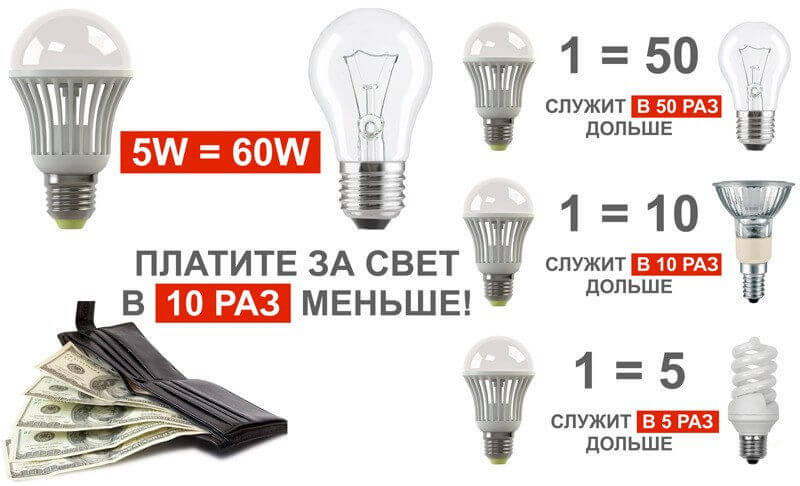
Comparison by other factors
The fluorescent energy-saving lamp turns on within 1 second, which is associated with the operation of its electronic circuit. At low temperatures, due to the drop in gas pressure inside the flask, the brightness decreases significantly. This is due to the fact that mercury loses its volatility and is forced to heat up for a longer period of time. High humidity also adversely affects the performance of a fluorescent light bulb. It causes a film to form on the surface of the flask, which is an interfering factor for its stable operation and rapid heating. LEDs start working instantly and have an impressive temperature range for stable performance.
Another important comparison criterion is the warranty period. For LEDs, it is on average 3 years, while for energy-saving light sources 1-2.
Price range
If we compare LED and fluorescent lamps by price, then there is definitely a draw. Today, both versions cost from 200 rubles per piece, if we talk about more or less high-quality manufacturers. A few years ago, energy-saving lamps could still beat LED products due to their lower price, but now (2017) the cost of LEDs has dropped significantly due to high competition and the appearance of budget Chinese manufacturers on the market.
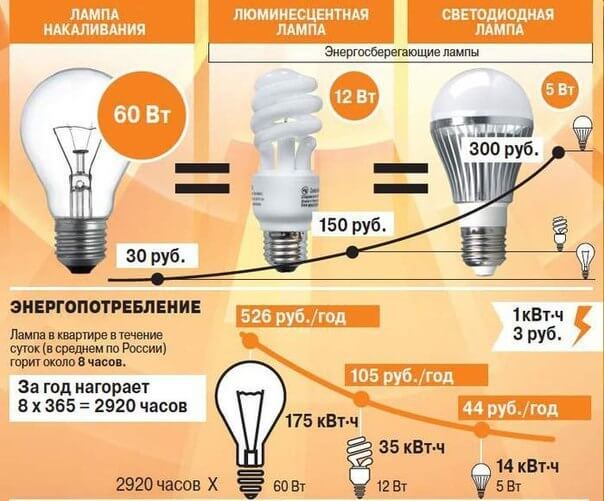
Output
Guided by the above information, when comparing energy-saving and LED lamps for home, office or any other premises, the decisively best solution would be a model that works on the principles of LED technology, that is, it is LED. In support of this, we attach several useful videos.

